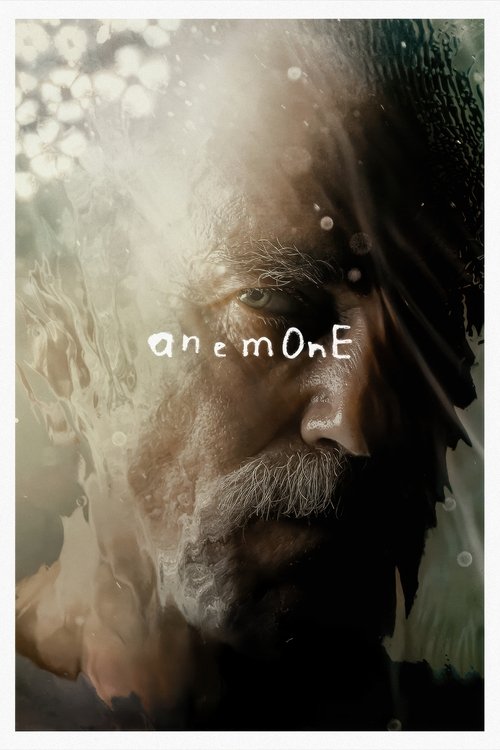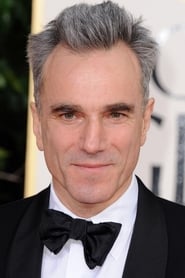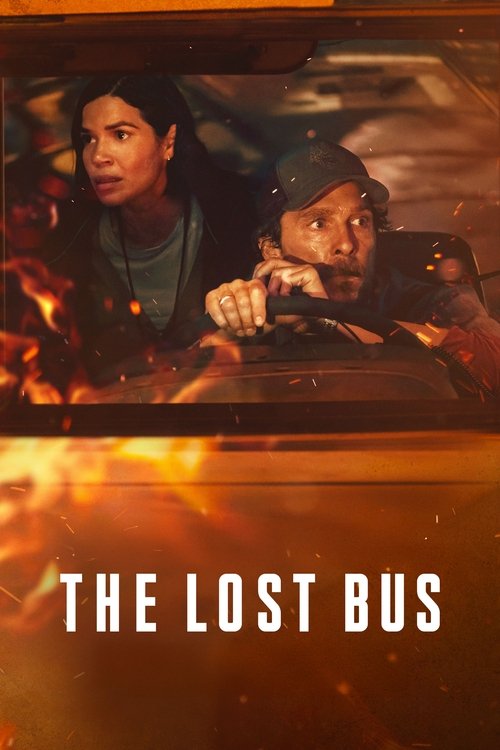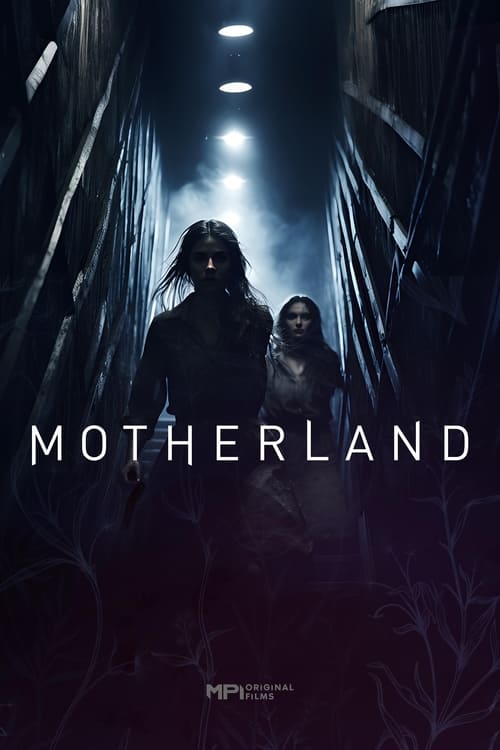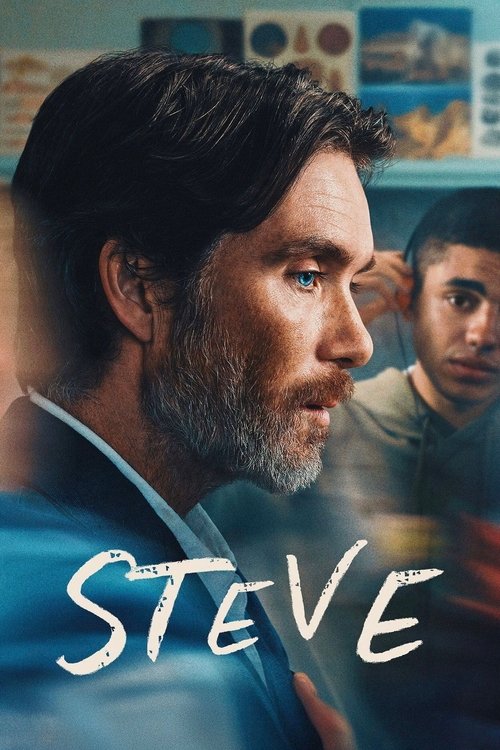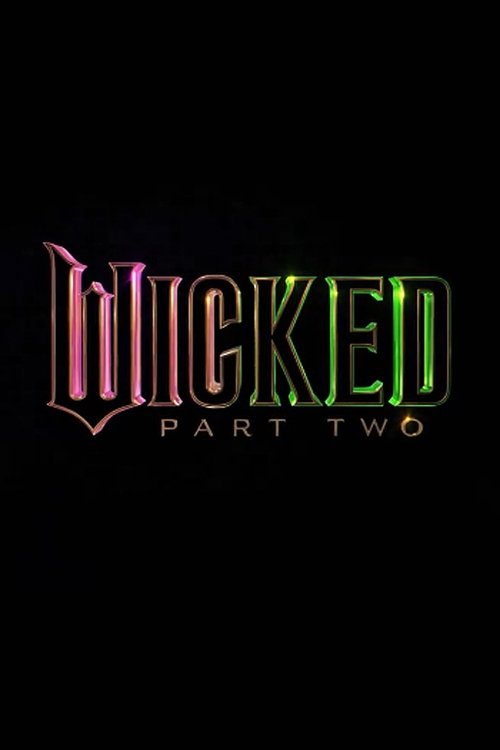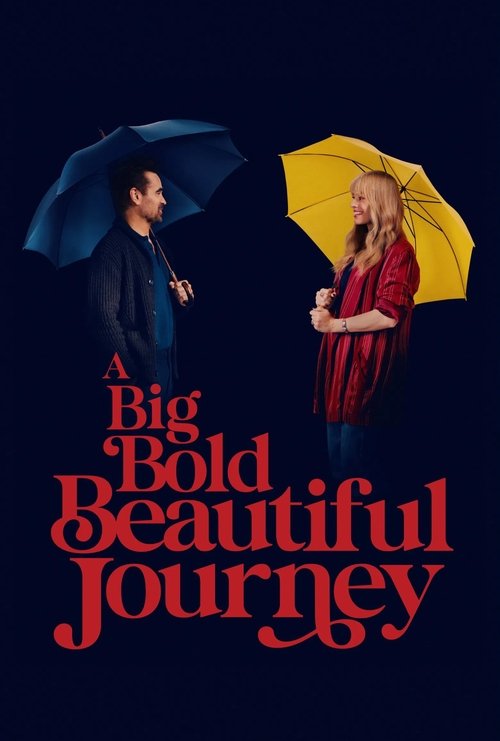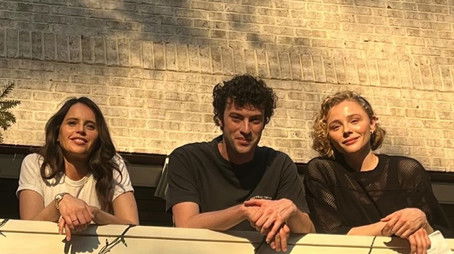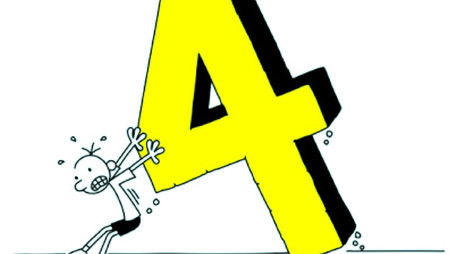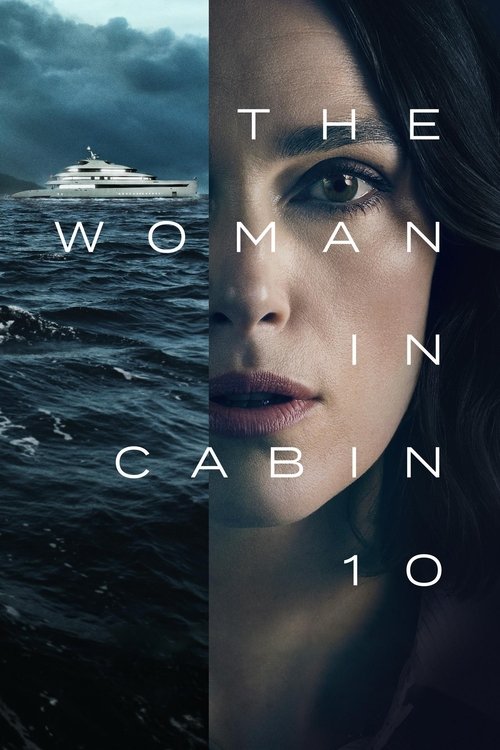
Ask Your Own Question
What is the plot?
Sorry, we aren't able to watch and write up a full detailed plot yet. Check back in a few days.
What is the ending?
The ending of Anemone (2025) concludes with the reconciliation and emotional confrontation between the two brothers, Ray Stoker (Daniel Day-Lewis) and Jem Stoker (Sean Bean), resolving long-standing wounds from their shared past and the trauma of war. Ray, who had isolated himself for decades, finally opens up about his experiences, allowing the brothers to confront their pain and begin healing. Jem accepts Ray's vulnerability, and the film closes on a note of fragile but hopeful familial connection.
In the final sequence of Anemone, the story unfolds with Ray Stoker, who has lived in self-imposed isolation for about twenty years, returning to face his brother Jem. The scene opens with Ray limping into the woods, a physical manifestation of his internal scars. Jem, who has been waiting and struggling with his own unresolved feelings, confronts Ray about the silence that has haunted their relationship since their time in the army.
Ray initially remains distant and guarded, embodying the "Invisible Man" persona he has adopted to shield himself from the world. Jem presses him, demanding to know what happened during the war that changed everything. Ray's reluctance breaks down as he begins to recount the traumatic events that led to his withdrawal, revealing the emotional and psychological wounds that have kept him apart from his family.
The brothers' conversation is raw and intense, filled with moments of anger, sorrow, and tentative understanding. Jem admits his own pain and the burden of carrying the family alone, while Ray expresses regret and the loneliness of his exile. This exchange is punctuated by flashbacks to their shared past, illustrating the depth of their bond and the fractures caused by war and silence.
As the dialogue progresses, Ray's vulnerability becomes more apparent, and Jem's anger softens into empathy. The film emphasizes the theme of familial ties and the difficulty of confronting painful memories. The brothers reach a fragile truce, acknowledging that while the past cannot be changed, their relationship can still be mended.
The final moments show Ray and Jem together, no longer as estranged men but as brothers willing to face the future with a renewed, if tentative, connection. Ray's fate is one of cautious reintegration into family life, while Jem finds relief in having his brother back, symbolizing hope for healing. Other main characters, such as those portrayed by Samantha Morton and Samuel Bottomley, are not central to the closing scenes and their fates remain outside the immediate resolution.
This ending scene-by-scene narrative highlights the film's focus on the complex emotional landscape of brotherhood, trauma, and reconciliation, closing on a note that balances the weight of past suffering with the possibility of renewal.
Who dies?
Yes, characters do die in the 2025 film Anemone, and their deaths are significant to the story's emotional and thematic core.
-
The Unarmed Teenager (mentioned in Ray's past)
Ray Stoker, the protagonist, reveals in a climactic confession that during the Troubles in Northern Ireland, he shot an unarmed, dying teenager who was a bomb maker already mortally wounded by his own device. Ray insists it was an act of mercy, but his trembling voice and hesitation suggest deep uncertainty about whether it was compassion or vengeance that motivated him. This event is the traumatic catalyst for Ray's self-imposed exile and emotional isolation. -
Ray's Favorite Anemone (symbolic death)
Near the film's end, Ray experiences the sudden death of his favorite anemone, a symbolic moment that contributes to the collapse of the illusion of peace he has built around himself. This death parallels the emotional and psychological unraveling Ray undergoes as he confronts his past and reconnects with his family. -
Massive Fish Killed in the Storm (symbolic)
After a massive hailstorm, Ray finds a large fish floating downstream, killed by the storm. This fish serves as a metaphor for Ray himself--isolated, vulnerable, and at risk of being forgotten or discarded by the world. It underscores the film's theme that isolation leads to a kind of death, not just physical but emotional and social. -
No direct on-screen deaths of main characters like Ray, Jem, Nessa, or Brian are depicted
The film focuses more on emotional and psychological trauma rather than physical death of the main characters during the timeline of the story. Jem (Ray's brother), Nessa (Ray's estranged wife), and Brian (Ray's son) are alive throughout the film, with the narrative centered on their strained relationships and attempts at reconciliation.
In summary, the only explicit death described in detail is the teenager from Ray's past, which haunts him and drives the plot. Other deaths, such as the anemone and the fish, are symbolic and serve to deepen the film's meditation on isolation, trauma, and connection. No main characters die during the film's present timeline.
Is there a post-credit scene?
There is no available information from the search results indicating that the 2025 movie Anemone has a post-credits scene. The sources mention Daniel Day-Lewis's return to acting in Anemone and highlight the film's significance, but none provide details about any post-credits or after-credits scenes for this movie. Therefore, it appears that Anemone does not have a post-credits scene, or at least none has been publicly confirmed as of now.
What is the nature of the relationship between Ray Stoker and Jem Stoker in Anemone?
Ray Stoker and Jem Stoker share a fraught and occasionally tender relationship that is deeply affected by a mysterious and complicated past, which significantly shapes the emotional core of the film.
How does the film Anemone portray the generational conflicts between fathers and sons?
Anemone explores generational conflicts through the personal journeys of its characters, focusing on the complex and profound ties between fathers and sons, highlighting emotional struggles and evolving dynamics within the family.
What role does Daniel Day-Lewis's character Ray Stoker play in the unfolding family drama?
Ray Stoker, portrayed by Daniel Day-Lewis, is central to the family drama, embodying the father figure whose relationships with his sons and brother are pivotal to the narrative's exploration of familial bonds and tensions.
How are the brothers depicted in Anemone, and what specific challenges do they face?
The brothers in Anemone are depicted as navigating complex relationships marked by personal and generational conflicts, with their interactions revealing deep emotional layers and the impact of their shared history on their present lives.
What specific events or moments in Anemone highlight the emotional tension between the main characters?
Key moments in Anemone that highlight emotional tension include scenes where past grievances and unresolved issues between Ray Stoker, Jem Stoker, and other family members surface, revealing the fragile and complicated nature of their bonds.
Is this family friendly?
The movie Anemone (2025) is a drama exploring complex family relationships, particularly between fathers, sons, and brothers. It is not specifically marketed as a family-friendly film, and given its themes, it likely contains mature content.
Potentially objectionable or upsetting aspects for children or sensitive viewers may include:
- Emotional intensity related to family conflict and generational trauma.
- References to war and its psychological impact, including possible depictions or discussions of trauma and loss.
- Themes of isolation, abandonment, and strained relationships that may be emotionally heavy.
- Some dialogue or scenes implying distress, tension, or emotional confrontation.
There is no indication of explicit violence, graphic content, or strong language in the available descriptions and trailers, but the film's serious dramatic nature and exploration of difficult family dynamics suggest it is better suited for mature audiences rather than young children or highly sensitive viewers.

